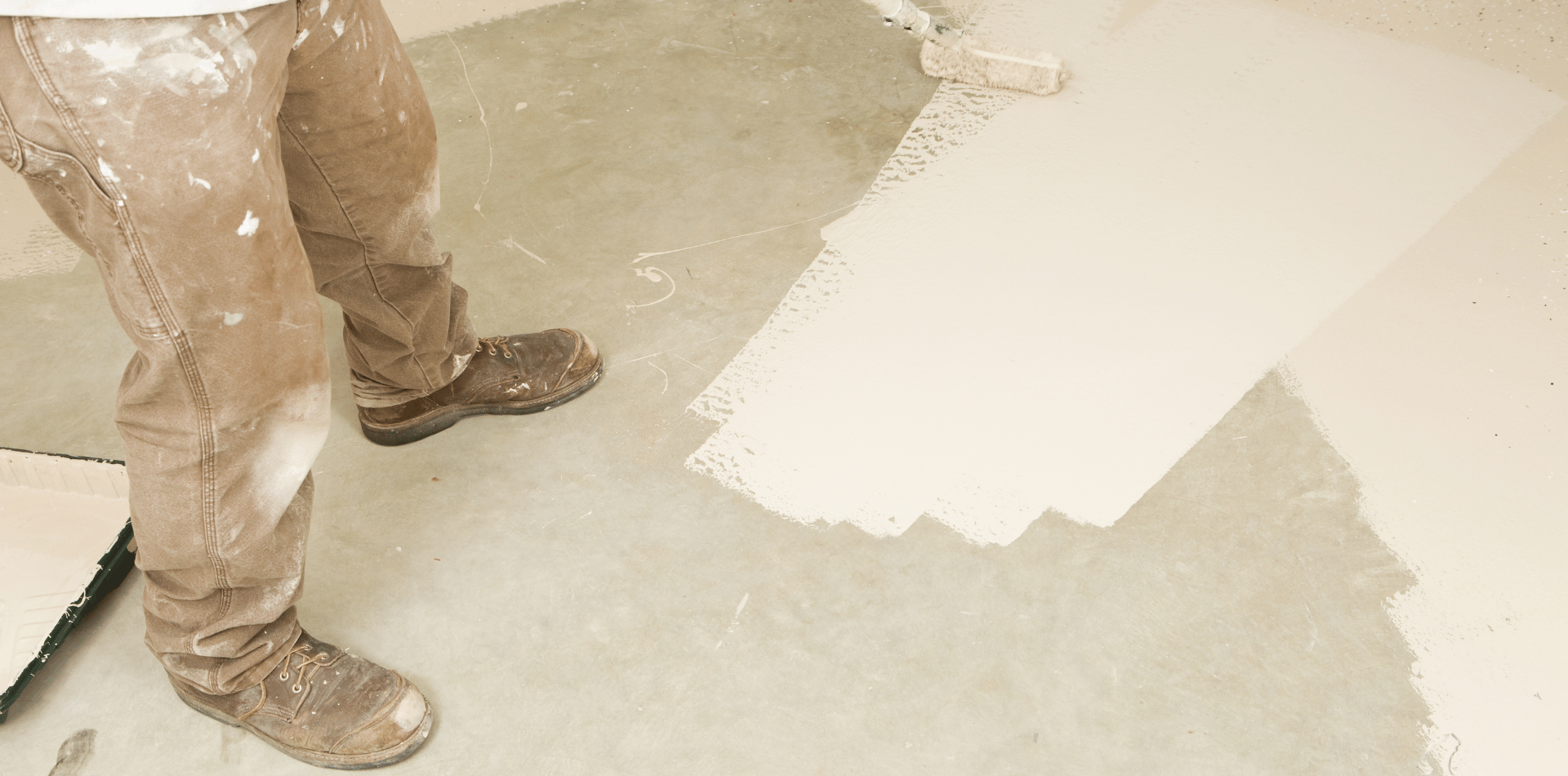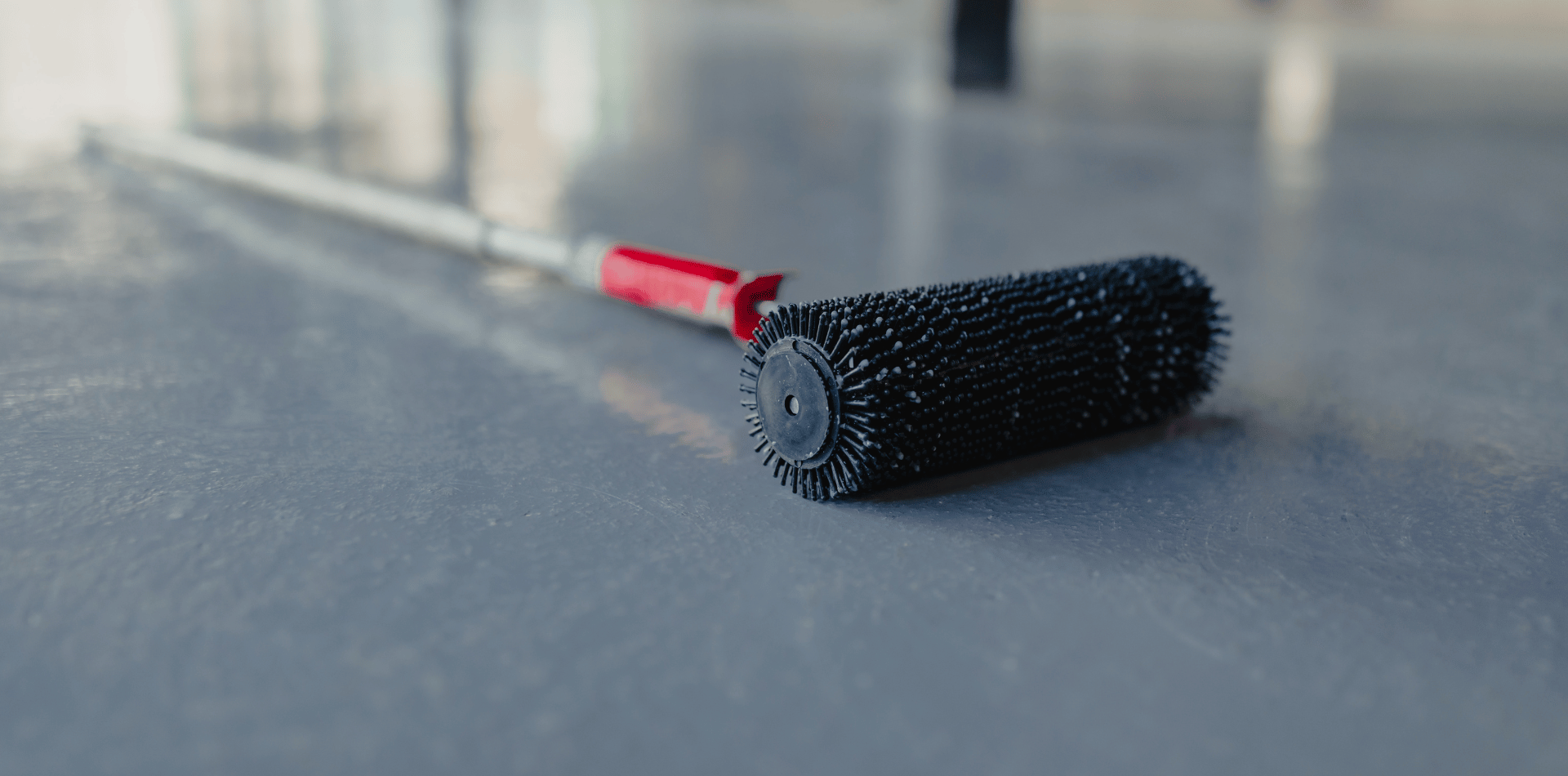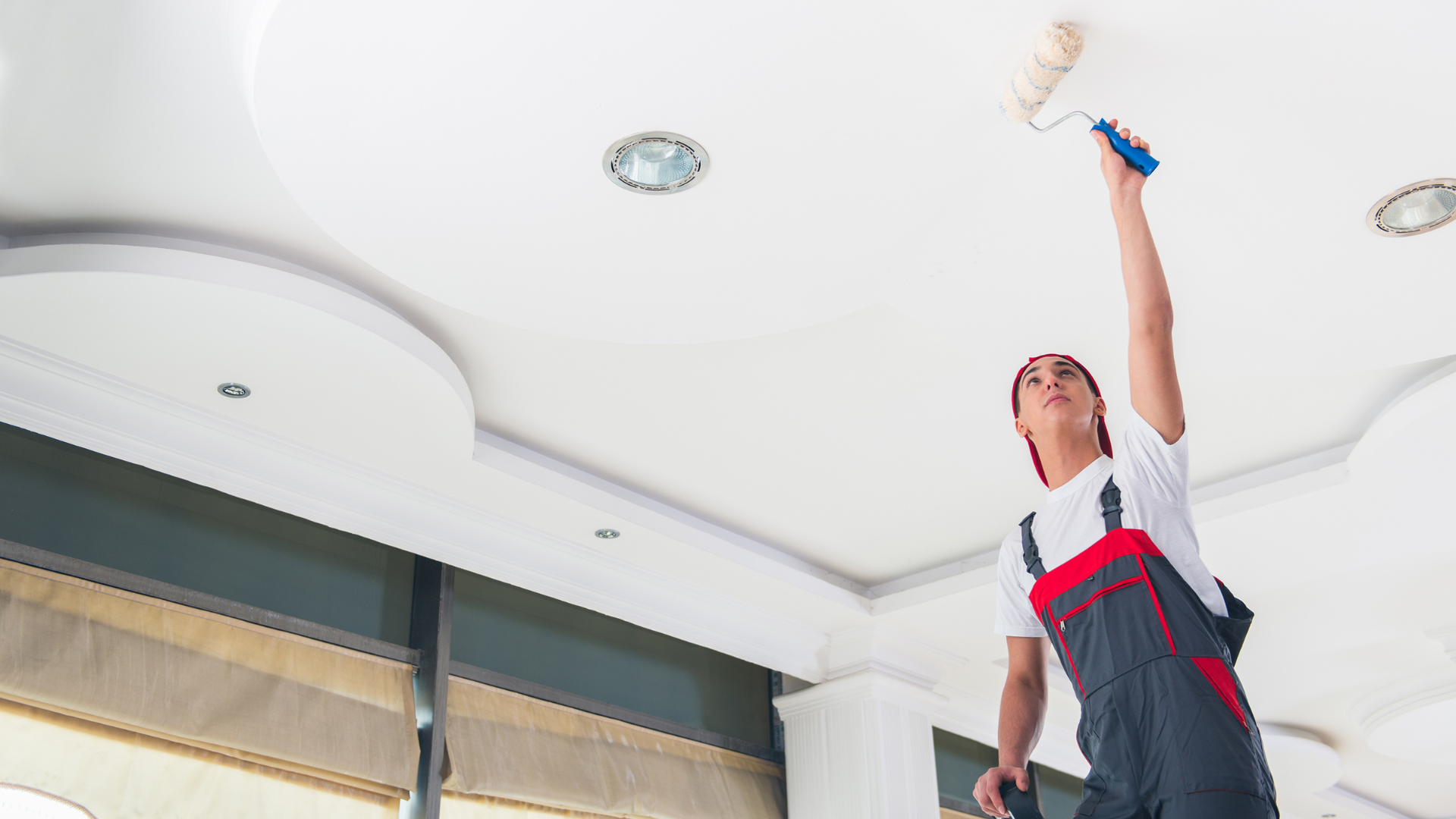Common Mistakes to Avoid When Installing Epoxy Flooring

Epoxy flooring is a versatile and durable option for both commercial and residential spaces, but its installation isn't as straightforward as one might think.
While its advantages are plenty—ranging from durability to aesthetic appeal—a poor installation can lead to numerous issues, both immediate and long-term.
In this guide, we'll delve into the most common mistakes people make while installing epoxy flooring and how you can avoid them to get the most out of your investment.
Advantages of Epoxy Flooring
Before diving into the common mistakes, it’s worth understanding why epoxy flooring is an increasingly popular choice.
Firstly, it's incredibly durable and can withstand heavy foot traffic and machinery, making it ideal for industrial settings.
Secondly, epoxy flooring is resistant to chemicals and is easy to clean, requiring minimal maintenance.
Thirdly, its aesthetic appeal allows for creative designs, including the incorporation of patterns and even company logos.
Why Proper Installation Matters
Even the highest-quality epoxy will disappoint if installed improperly.
An incorrect installation can lead to a range of problems, including cracking, peeling, and reduced lifespan of the flooring.
Furthermore, poorly installed epoxy floors can present safety hazards such as tripping or slipping. There are also cost implications.
Initially, you might save some money by cutting corners, but the long-term maintenance and potential re-installation costs will ultimately be higher.
Common Mistakes to Avoid
1. Inadequate Surface Preparation
One of the most overlooked aspects of epoxy flooring installation is the condition of the substrate, or the surface upon which the epoxy will be applied. Preparing the surface requires more than just a quick sweep. You need to ensure that the surface is free from grease, dust, and any existing coatings or sealers.
Importance of Surface Cleaning
A clean surface ensures proper bonding between the epoxy and the substrate. Residue from oil or old paint can act as a barrier, reducing the effectiveness of the epoxy's adhesive properties.
Moisture Tests
Before installing epoxy flooring, it's critical to perform a moisture test. Excessive moisture can lead to bubbling and peeling of the epoxy layer.
Mechanical Preparation Methods
Mechanical methods like grinding or shot blasting are often required to create a surface profile that allows for optimal bonding.
2. Ignoring Climate and Temperature
Contrary to common belief, the ambient temperature and humidity can significantly impact the curing process of epoxy flooring.
Recommended Temperature Ranges
The ideal temperature for epoxy installation is generally between 18 and 30 degrees Celcius.
Below or above this range, the epoxy may not cure properly.
Issues with High Humidity
High humidity can result in a cloudy or milky appearance. Additionally, it can slow down the curing process and make the epoxy less durable.
3. Using Low-Quality Materials
Cutting corners by opting for low-quality epoxy and hardeners can backfire in the long run. Sure, you might save some money upfront, but the longevity and durability of your flooring will suffer.
Importance of Industrial-Grade Materials
High-quality, industrial-grade epoxy is designed to withstand harsh conditions, including heavy foot traffic and chemical spills.
The Trade-Off Between Cost and Quality
It's better to invest a little more upfront in quality materials than to pay for repairs and re-installation later on.

4. Mixing Errors
Mixing epoxy may seem like a simple task, yet it's a critical stage where many DIYers go wrong.
You need to adhere strictly to the manufacturer’s guidelines when mixing the epoxy and hardener.
Proper Mixing Ratios
Using incorrect proportions can result in an uneven cure and ultimately a weaker floor.
Adequate Mixing Time
Failure to mix the epoxy for the recommended amount of time can lead to a host of problems, including a tacky floor that never fully hardens.
Using the Correct Tools
You should use proper mixing paddles and containers to ensure an even mixture.
5. Applying Too Thin or Too Thick Layers
The thickness of the epoxy layer isn’t just an aesthetic choice; it’s a matter of function and durability. If the epoxy is too thin, it might not be able to withstand the intended usage. On the other hand, overly thick layers can lead to cracking.
Recommended Thickness for Different Uses
Industrial settings often require thicker layers, whereas residential areas can generally make do with thinner coatings.
Problems with Incorrect Layer Thickness
Applying epoxy in layers that are too thick or too thin can result in an uneven surface, bubbling, or even cracking.
6. Failing to Observe Drying Times
Patience is key in the epoxy flooring installation process, especially when it comes to drying times. It might be tempting to speed up the process, but that could lead to disastrous results.
Importance of Following Manufacturer Guidelines
Always adhere to the guidelines provided for curing times. Failure to do so can compromise the integrity of your floor.
Risks Associated with Rushed Installation
Rushing the drying process can lead to a floor that never fully cures, making it less durable and more susceptible to damage.
7. Not Planning for Expansion Joints
Failing to account for expansion joints can be a costly oversight. These are essential in allowing the floor to expand and contract without cracking.
What are Expansion Joints?
These are gaps strategically placed to accommodate the natural expansion and contraction of the flooring material.
How to Correctly Place Expansion Joints
The placement depends on various factors including room size and existing architectural features. Consult professionals or guidelines for proper placement.

Turning Mistakes Into Lessons
The challenges of installing epoxy flooring should not deter you from considering it as a reliable and aesthetic flooring option.
When done correctly, an epoxy floor can last for years with minimal maintenance.
The key is to avoid the common pitfalls discussed in this article.
By being aware and taking preventative measures, you can ensure that your investment in epoxy flooring is a long-lasting one.
FAQs
Given that epoxy flooring installation can be a complex subject, it’s normal to have questions.
Questions on Curing Time
- Q: How long does it take for epoxy to cure?
- A: This varies depending on the product, but generally, it takes around 72 hours for full cure.
Questions on Cost
- Q: How much does it cost to install epoxy flooring?
- A: Costs can vary greatly depending on factors such as labour, materials, and the size of the area to be covered.
Questions on Maintenance and Repair
- Q: How do I maintain my epoxy floor?
- A: Maintenance is generally easy. A regular sweep and occasional mop with a pH-neutral cleaner usually suffice.
By carefully planning and avoiding common mistakes, you can enjoy a beautiful, durable epoxy floor that stands the test of time.





